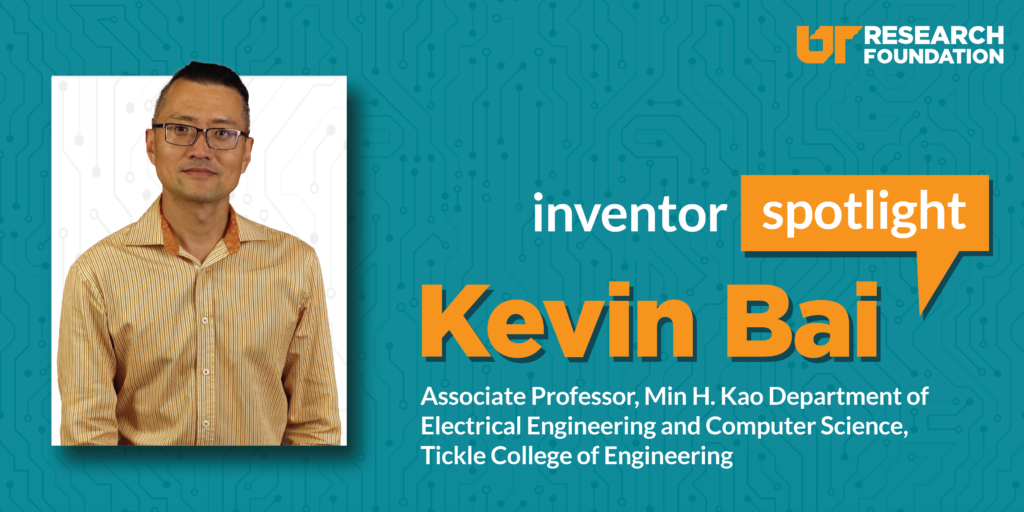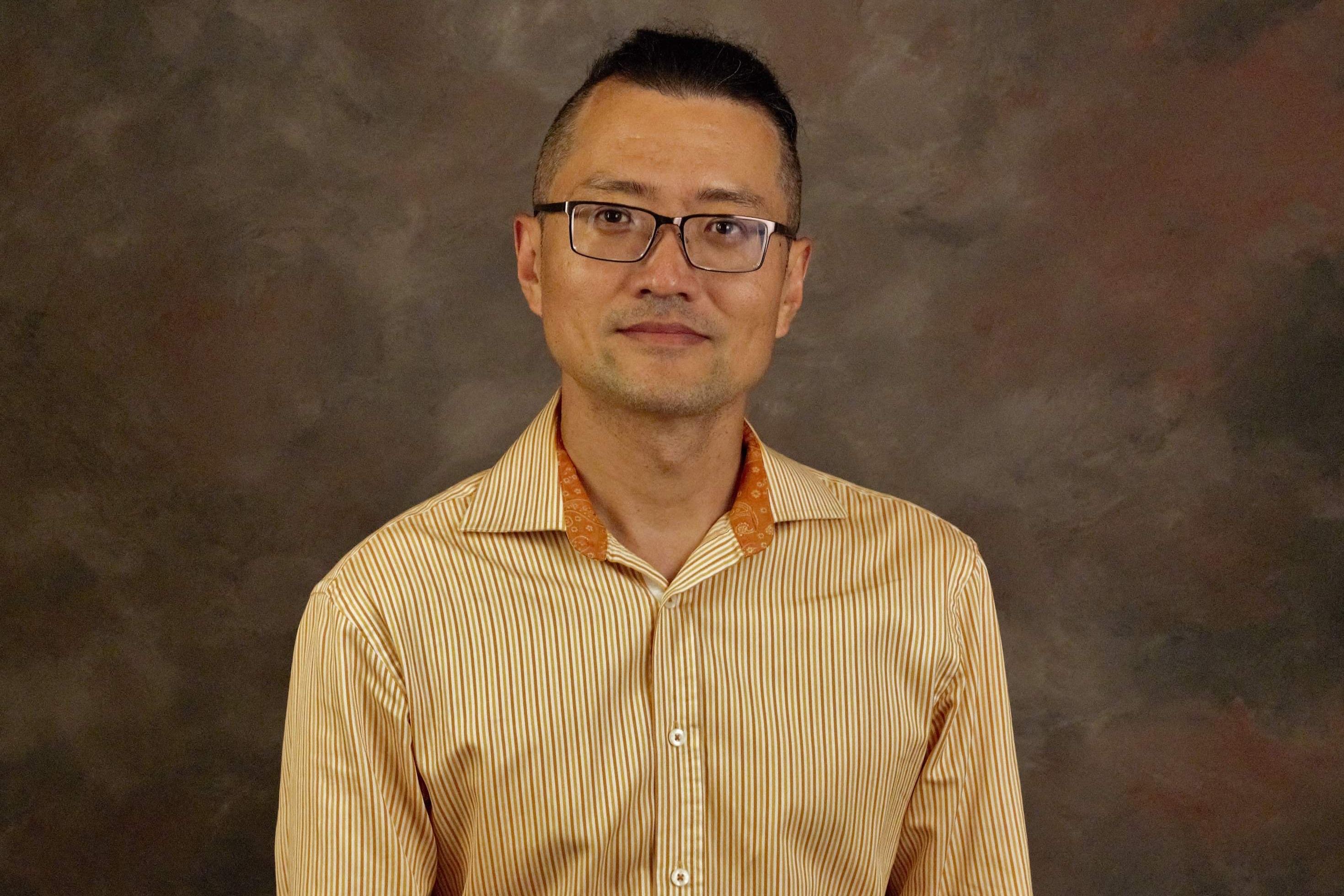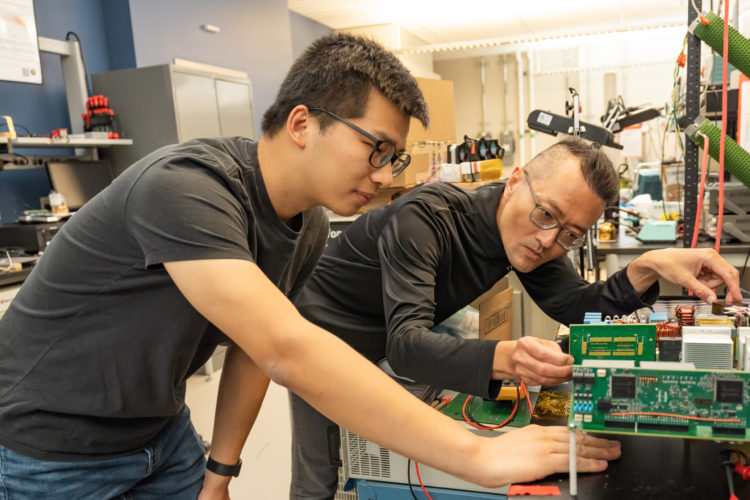
University of Tennessee Knoxville researcher partners with industry to solve real-world EV charging challenges
When Kevin Bai first began researching electric vehicle (EV) chargers over 15 years ago, he never thought he would continue that same work today.
“At that time, I had no idea how to drive a car or what EVs would look like in the future,” explained Bai. “The majority of cars were gas-powered. Since gas prices were relatively low, EVs did not look very appealing to many people.”

Bai is an associate professor in the Department of Electrical Engineering and Computer Science at the University of Tennessee, Knoxville (UTK). His research focuses on EV-related power electronics, particularly high-power-density and high-efficiency EV battery chargers, DC-DC converters, motor drive inverters and battery management systems.
In 2007, after receiving his doctorate in electrical engineering from Tsinghua University in Beijing, China, Bai accepted a postdoctoral position at the University of Michigan-Dearborn. Three years later, he became an assistant professor at Kettering University, later returning to the University of Michigan-Dearborn for an associate professor position in 2017. In 2018, he arrived at UTK. Today, Bai is part of the Center for Ultra-Wide-Area Resilient Electric Energy Transmission Networks, or CURENT, a collaboration between academia, industry, and national laboratories led by UTK.
“Opportunities like this are very rare,” said Bai. “I can brainstorm with faculty and students from different backgrounds and expertise to enrich my knowledge base. Moving to CURENT has been eye-opening to see how professional, hard-working and smart the researchers are with their cutting-edge designs.”

The University of Tennessee Research Foundation has worked alongside researchers in Bai’s department and at CURENT for several years. Bai believes this partnership will only continue to grow with future discoveries. He has enjoyed working with the UTRF staff since he filed his first invention disclosure, as they make the patent process “very fast, efficient and convenient.”
An example of Bai’s research success is demonstrated by one of his PCT applications titled “High-Efficiency Integrated On-Board Charger and Auxiliary Power Module for EV.” This application involves a new control strategy that supports the flow of electricity between the power grid and high–and low-voltage batteries freely and in multiple directions, allowing an EV to achieve vehicle-to-grid functionality. Recently, the innovation was licensed to a research sponsor to further develop the technology.
“This type of innovation will add more features and functions to presently existing equipment while reducing the cost,” said Bai.
Much of the research his group conducts stems from industry challenges. He enjoys the practical nature of this work, especially when he sees evidence of his work in vehicles on the road. Additionally, he loves working with student researchers.
“It’s fulfilling when you see students who were trained in your lab and under your supervision go to work at major EV companies,” said Bai. “You begin to feel that what you are doing here is very promising, not only to benefit yourself but also the younger generation. That’s given me confidence that I should keep doing this type of research.”
Looking to the future of transportation, Bai is hopeful that the mobility sector will become even more electrified – not just for cars.
“EV batteries will become smaller, charging will be faster, and driving will be more intelligent, involving many autonomous features,” said Bai. “Then one day, with battery technology and power electronics evolving, transportation electrification will expand to other areas, such as ships and airlines. This will reduce carbon emissions significantly.”
“Electrification of the mobility industry is happening extremely rapidly,” said UTRF Vice President Maha Krishnamurthy. “UTRF is proud to work with Dr. Kevin Bai and other researchers who partner with industry to create environmentally-conscious, innovative solutions that will benefit society.”